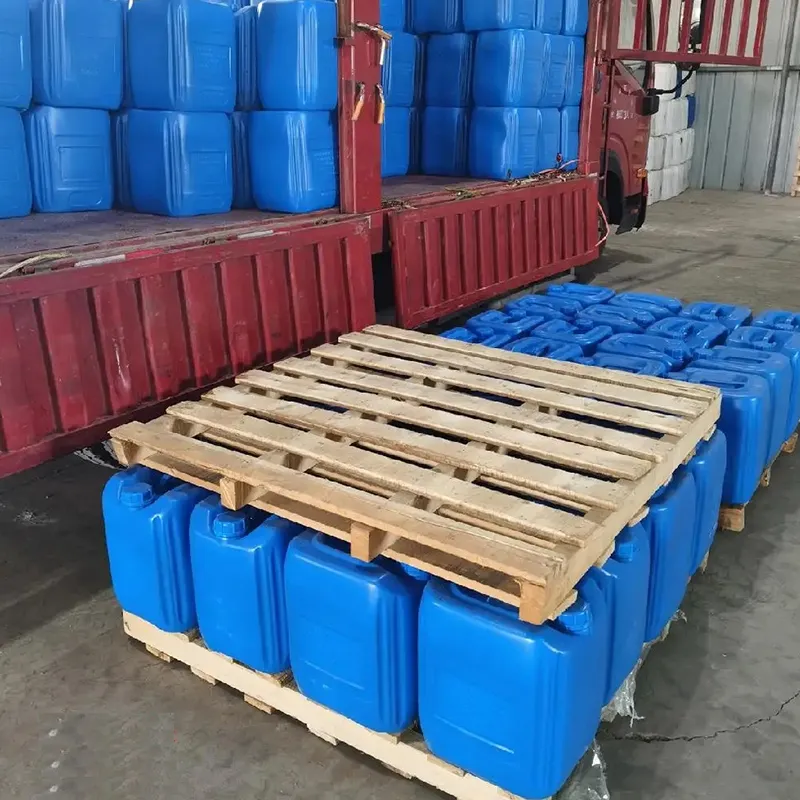
Exploring the Role of Cyanide in the Gold Mining Industry and Its Environmental Impact
The Role of Cyanide in Gold Mining A Double-Edged Sword
Gold mining has a long and storied history, evolving from ancient methods of panning and placer mining to modern techniques that utilize advanced technology and chemical processes. One of the most significant advancements in this industry has been the use of cyanide, a toxic compound that paradoxically plays a crucial role in the extraction of gold from ore.
The Chemical Process
Cyanide is primarily used in the form of sodium cyanide (NaCN) in gold mining operations. The process, known as cyanidation, involves the leaching of gold from ore by dissolving it in a cyanide solution. When ore is crushed and mixed with water, the cyanide forms a complex with the gold, allowing it to be separated from other minerals. This method has proven to be highly effective, capable of recovering over 90% of the available gold, which is significantly more efficient compared to older methods like amalgamation or gravity separation.
The process can be broken down into several stages first, the ore is crushed and ground to a fine powder to increase the surface area for the chemical reaction. Next, it is mixed with a cyanide solution, which allows the gold to dissolve into the liquid. After sufficient time has passed for the gold to leach out, the solid waste is separated from the gold-laden solution. Finally, the gold is recovered by various means, such as activated carbon adsorption or electro-winning.
Environmental Concerns
While cyanidation has revolutionized gold extraction, it is not without significant controversy regarding its environmental impact. Cyanide is highly toxic to aquatic life and can pose serious health risks to humans, making the management of cyanide solutions critical. Accidental spills or leaks can lead to devastating consequences for local ecosystems and communities, as seen in numerous high-profile incidents around the world. For instance, the Baia Mare cyanide spill in Romania in 2000 released large quantities of cyanide into local rivers, leading to massive fish kills and long-term environmental damage.
As regulations surrounding cyanide use have become more stringent, mining companies have been forced to adopt improved safety measures and technology. These include better containment systems, regular monitoring, and the development of cyanide destruction methods to break down residual cyanide in waste products before they enter the environment.
cyanide in gold mining

Alternatives and Innovations
In response to the risks associated with cyanide use, researchers and companies have been actively seeking alternative methods for gold extraction that are both effective and environmentally sustainable. One promising approach is the use of thiosulfate, a compound that can dissolve gold without the toxicity associated with cyanide. Early commercial implementations of thiosulfate leaching have shown potential, but it has yet to achieve the same level of efficiency and widespread adoption as cyanidation.
Additionally, bioleaching, a method that utilizes microorganisms to extract metals from ore, is gaining attention as an alternative. This process employs naturally occurring bacteria that can digest the sulfides present in ores, releasing gold in the process. While still in the developmental stages, bioleaching could offer a more environmentally friendly solution for gold mining.
The Path Forward
The dilemma surrounding cyanide in gold mining encapsulates a broader conversation about sustainable practices within the industry. As global demand for gold remains strong, balancing the need for resource extraction with environmental and social responsibility is critical. Mining companies are increasingly investing in sustainability initiatives, striving to reduce the environmental impacts of their operations and gain the social license to operate in sensitive areas.
Transparency and community engagement are essential components of this transition. Companies must be open about their practices, regularly communicate with local communities, and prioritize the health and safety of the environment they impact. By adopting best practices and investing in safer technologies, the gold mining industry can continue to thrive while reducing its footprint.
In conclusion, the use of cyanide in gold mining serves as a powerful reminder of the need for responsible resource management. As the industry seeks sustainable alternatives, the challenges and innovations of today will shape the future of gold mining for generations to come. Balancing resource extraction with ecological and community needs remains a critical path forward for ensuring a sustainable future in this essential industry.
-
The Safety Challenges of Ammonium Nitrate FertilizerNewsJun.26,2025
-
The Critical Role of Mining ChemicalsNewsJun.26,2025
-
Shelf Life of Glacial Acetic Acid Food GradeNewsJun.26,2025
-
Enhancing PVC Longevity with 1,2,3-Benzotriazole InnovationsNewsJun.26,2025
-
China’s Dominance in Food Additive ProductionNewsJun.26,2025
-
Can Aluminum Hydroxide Replace More Toxic Alternatives?NewsJun.26,2025
-
PE and PP Plastics with Benzotriazole AdditivesNewsJun.12,2025
Hebei Tenger Chemical Technology Co., Ltd. focuses on the chemical industry and is committed to the export service of chemical raw materials.
-

view more DiethanolisopropanolamineIn the ever-growing field of chemical solutions, diethanolisopropanolamine (DEIPA) stands out as a versatile and important compound. Due to its unique chemical structure and properties, DEIPA is of interest to various industries including construction, personal care, and agriculture. -

view more TriisopropanolamineTriisopropanolamine (TIPA) alkanol amine substance, is a kind of alcohol amine compound with amino and alcohol hydroxyl, and because of its molecules contains both amino and hydroxyl. -

view more Tetramethyl Thiuram DisulfideTetramethyl thiuram disulfide, also known as TMTD, is a white to light-yellow powder with a distinct sulfur-like odor. It is soluble in organic solvents such as benzene, acetone, and ethyl acetate, making it highly versatile for use in different formulations. TMTD is known for its excellent vulcanization acceleration properties, which makes it a key ingredient in the production of rubber products. Additionally, it acts as an effective fungicide and bactericide, making it valuable in agricultural applications. Its high purity and stability ensure consistent performance, making it a preferred choice for manufacturers across various industries.











